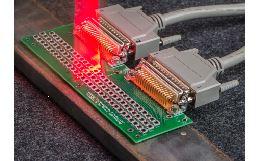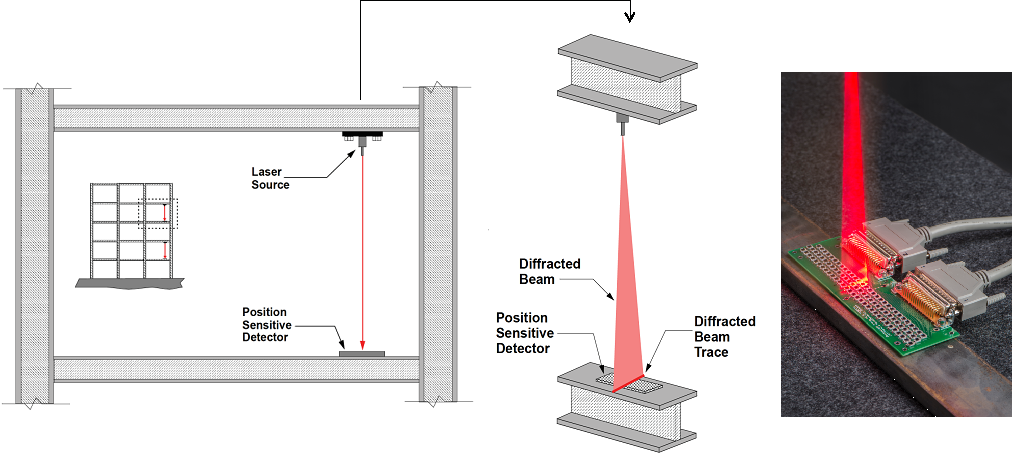Immediately after the occurrence of a major earthquake, there is a strong motivation for developing a rapid assessment of the degree to which a building or structure has been shaken, and for determining if significant damage has occurred to the building or structure. This is particularly important given that external visual observations of the building cannot reliably indicate whether there has been significant damage to the building’s structural system over the duration of the seismic shaking. In addition to uncertainties related to the risk to human safety, an inability to rapidly assess building integrity can have a major impact on timely re-occupancy and resumption of functional operations.
In an urban environment, where literally thousands of buildings can be shaken in a major earthquake, there is an immediate and enormous demand for understanding whether a large inventory of buildings/structures present occupant safety risks. Typical procedures for engineering inspections are time consuming and constrained by lack of availability of a sufficient number of qualified structural engineers after a major earthquake – a lesson learned in California’s Loma Prieta earthquake in 1989. A system that can immediately and efficiently yield data on the integrity of a building/structure would be useful for informing appropriate post-earthquake actions in a densely built urban environment.
A fundamental measurement of building response during an earthquake is the building interstory drift, which is computed as the relative displacement between two adjacent floors of a building. Interstory drift is a measure of the deformation and stress demand on a building system and represents fundament design variable in many seismic design codes.
LLNL’s Optically-based Interstory Drift Meter System provides a means to accurately measure the dynamic interstory drift of a vibrating building (or other structure) during earthquake shaking. This technology addresses many of the shortcomings associated with traditional strong motion accelerometer based building monitoring.
LLNL’s discrete diode position sensitive device is a newly designed and performance validated position sensitive device based on a two dimensional array of discrete diodes that allows the location of an impinging laser beam to be very accurately tracked as the beam moves back and forth across the diode array. This allows accurate, dynamic measurements of the interstory drift between two floor levels of a shaking building. Interstory drift is a fundamental quantity that provides a measure of building response during seismic shaking and is a design variable that is specified n many engineering design codes (e.g. codes provide interstory drift limits for design earthquake motions).
- Discrete diode sensor offers many design options.
- Cost effective means of rapidly measuring the key indicator of building response.
- New sensor allows measurement of building interstory drift based on a laser beam impinging on a discrete diode sensor.
- Diode array determines the location at which a projected laser beam strikes the array which provides a direct measurement of interstory shift.
- System allows broad-band dynamic measurements and is excellent for measuring permanent, inelastic deformation in the building or structure.
- Discrete diode array provides an approach that overcomes the spatial and cost limitations of existing commercially available position sensitive devices.
- Monitoring unique, high-value, critical facilities to determine the system response during seismic events.
- Rapid emergency response and interpretation of facility damage
- Monitoring buildings, bridges, and other structures to determine the level of excitation and damage potential due to seismic events.
- Informing post-event recover and re-occupancy decisions on a rapid basis.
- Informing first responders and emergency personnel on the integrity of a facility immediately after an earthquake
LLNL has filed a PCT application for this invention.



